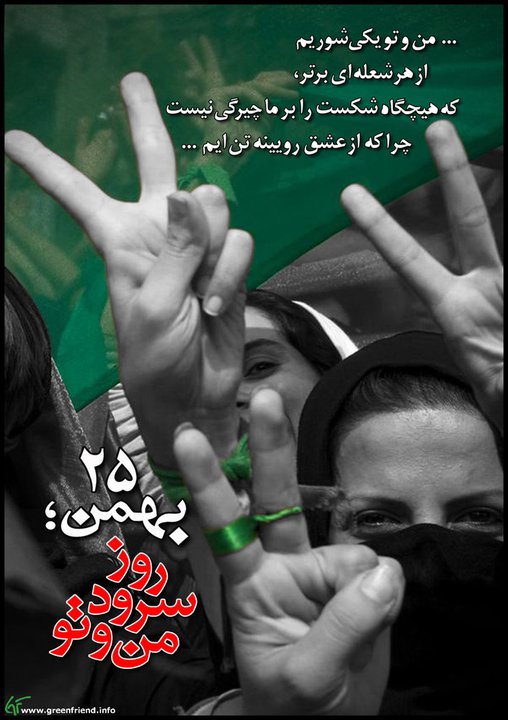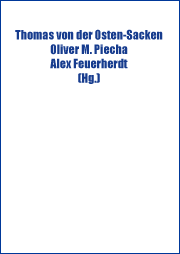 Barbara Kelley / WSJ
Barbara Kelley / WSJ
WSJ, By BENJAMIN WEINTHAL — The dearth of academics, journalists and policy makers focusing on the dangers of European-Iranian economic relations puts Emanuele Ottolenghi in a lonely place—but all the more significant for that.
In „Under a Mushroom Cloud: Europe, Iran and the Bomb,“ Mr. Ottolenghi not only lays out the scope of Iran’s military aims, but reveals Tehran’s codependence with European industry and provides concrete prescriptions for how continental leaders can stop Iran from developing a nuclear bomb.
To appreciate the depth of Mr. Ottolenghi’s analysis, consider that he wrote his book before the June 12 Iranian election and the turbulence that followed.
He correctly identifies Supreme Leader Ayatollah Ali Khamenei as the „last word“ in Iran, and captures what should now be common knowledge: that „a country that treats its citizens brutally and threatens its neighbors cannot be trusted with nuclear weapons.“
But even in the wake of Mr. Khamenei’s bloody crackdown, European trade with Iran is a topic one dares not broach in Rome or Berlin when discussing how to bring Iran to its knees.
Mr. Ottolenghi delves into this largely unexamined traffic, which has racked up roughly €40 billion in transactions since 2006. He identifies the E.U. as a recalcitrant force in addressing the Iranian threat, noting that its „flourishing trade relations with Iran… constitutes a potential conflict of interest in the context of the nuclear crisis.“
The book is flush with examples of such deals, and outlines the Iranian regime’s misuse of European technology. Take the Austrian government’s decision to greenlight Steyr-Mannlicher’s sale of 800 HS50 12.7mm (.50 caliber) sniper rifles to Iran. Purportedly, these were to assist anti-narcotic police on the Afghan border, but Mr. Ottolenghi writes these were then replicated by the Iranians for purposes other than law enforcement. In 2007, U.S. forces confiscated more than 100 Steyr-Mannlicher high-precision rifles used by Iraqi insurgents against American troops, according to the U.K.’s Daily Telegraph. While the U.S. barred Steyr-Mannlicher’s access to the lucrative American market in 2005 because of the sale, the Austrian Defense Ministry lauded the Iran rifle deal as „unimpeachable,“ the book says. The U.S. sanction against the company expired in 2007, according to the State Department’s Web site, but Mr. Ottolenghi writes that a Pentagon source confirmed that the Iranians had replicated the design of the Austrian sniper rifles. The book raises the additional evidence of an „exact copy of the HS50,“ manufactured by Iran’s defense industries, appearing at an arms show in Iran. Steyr-Mannlicher has said it was scrupulous in securing end-user agreements assuring them the rifles would be used only for anti-narcotic work on the Afghan border. Once the weapons were in Iran, the company couldn’t stop the regime from replicating the technology—which is precisely why Steyr-Mannlicher, and Vienna, should have known better than to proceed with the sale in the first place.
Mr. Ottolenghi’s list goes on to include Swedish Boghammar’s sale of speed boats to Iran in the 1980s for commercial purposes, which Mr. Ottolenghi writes wound up being modified and used by Tehran as fighting vessels; Italy’s FB Design sold at least one of its boats to Tehran, which may have been replicated for use in the 2007 capture of British sailors, the book says, citing European press reports. Then there are the practices of German drilling equipment firm Wirth, which worked on the construction of Iran’s Ghomroud water tunnel. Mr. Ottolenghi reports that Wirth listed the Iranian company responsible for phase five of the Ghomroud project as Sahel Consulting Engineers. The U.S.’s Dept. of Treasury lists „Sahel Consultant Engineering“ as a front company for Iran’s Revolutionary Guard Corps, a Washington-designated terror-supporting outfit. Mr. Ottolenghi writes that Wirth did not return requests for further details on its commercial partners in Iran. It takes no great stretch of imagination to realize that Wirth’s heavy earth-moving equipment could be used to build nuclear bunkers and underground facilities.
European firms‘ roles in directly and indirectly supporting Tehran’s military activities is not an attractive subject for European journalists, largely consumed by the shifting political tectonics within Iran. The Austrian weekly Profil went so for as to cheerlead the preservation of the incurably anti-democratic regime. Profil’s article, written only five days before the eruption of the June protests, outlined „ten reasons why the world should not feel threatened“ by the Islamic Republic.
The failure of European journalists to dig for corruption in Iran and report on their own governments‘ feeble will to clamp down on Islamofascists was underscored when this newspaper, a U.S. publication, broke two of this year’s biggest business scoops: German firm Knauf Gips’s alert to employees, which has since been withdrawn, that they would be summarily dismissed for participating in protests against the Islamic state, and German-Finnish joint venture Nokia Siemens Networks‘ supply of surveillance equipment to Iran, which allowed the state to stifle Internet and telephone communications. This, while the U.S. tests a system to circumvent Web censorship, and urged the social networking service Twitter not to shut down for maintenance in June. These diametrically opposed approaches to reporting on Iran reveal a deep chasm between European and American promotion of human freedom.
The EU has a fetish for fluffy dialogue with the mullahs, which Mr. Ottolenghi highlights by showing how Tehran has out-negotiated and out-organized EU diplomats over six years of bargaining to end the Iranian atomic weapons program. Instead of forcing Iran to suspend its program, the dead-end talks have advanced Iran’s uranium enrichment and missile development.
Mr. Ottolenghi’s work, however, could jolt Europeans out of their slumber. The book’s warning about the world’s number one security threat fills a gaping hole, and leaves Mr. Ottolenghi nearly isolated—save for Francois Heisbourg, Bruno Tertrais and Matthias Küntzel—among European researchers.
A former professor of Israel Studies at Oxford University and currently the head of the Transatlantic Institute in Brussels, Mr. Ottolenghi takes the Iranian danger seriously. Throughout his account of European complicity with Tehran’s martial ambitions, he lays a foundation of evidence for Iran’s ongoing violations of the Non-Proliferation Treaty, its illegal tactics to obtain nuclear weapons and its threats to use them in the region.
Chronicling the goal of obliterating Israel, which has long been a driving force of revolutionary Islam in Iran, „Under a Mushroom Cloud“ refutes the standard view that Tehran’s threats to „wipe Israel off the map“ originated with Iranian President Mahmoud Ahmadinejad. As that supposedly pragmatic ex-Iranian President Ali Akbar Hashemi Rafsanjani said in December, 2001:
„If a day comes when the world of Islam is duly equipped with the arms Israel has in its possession … application of an atomic bomb would not leave anything in Israel, but the same thing would just produce damages in the Muslim world.“
The book examines the competing bad possibilities of a preemptive strike, or accepting a jingoistic, fundamentalist, nuclear-armed Islamic regime. Mr. Ottolenghi opts for „economic pressure—rigorous, intrusive, extensive and sustained. Deep enough to threaten the very survival of the Islamic Revolution and make continued nuclear activity unfeasible.“ He pushes for a European full-court press of sanctions against critical Iranian industries, and notably for an embargo targeting Iran’s energy sector.
Yet time is the enemy of Mr. Ottolenghi’s recommendations, and even his analysis gives too much leeway to European companies and customs officials by stating that they believe they are operating in good faith. Certainly, by now, European companies and governments can no longer offer such excuses.
While Europe has underestimated the ruthlessness of the ideology dominating Tehran, Mr. Ottolenghi is one of a small number of European intellectuals who has been consistently right about the nature of the regime.
Political intelligence demands that his book be read. Let’s hope his formulas will result in a cure.
Mr. Weinthal is a Berlin-based journalist who writes for Israeli and German publications.





21. September 2009 um 16:26
[…] Ein Prophezeiungsbuch: „Under a Mushroom Cloud: Europe, Iran and … Share and […]